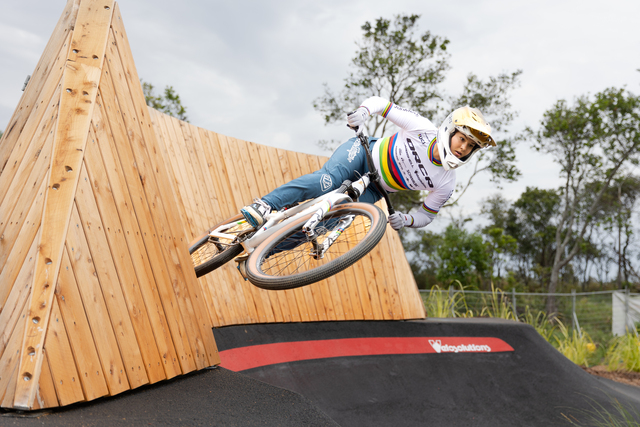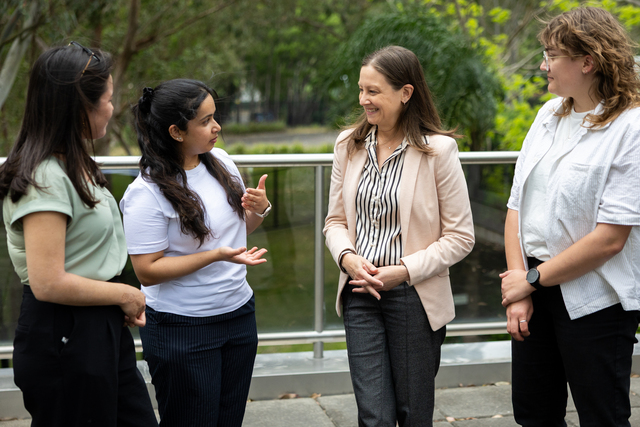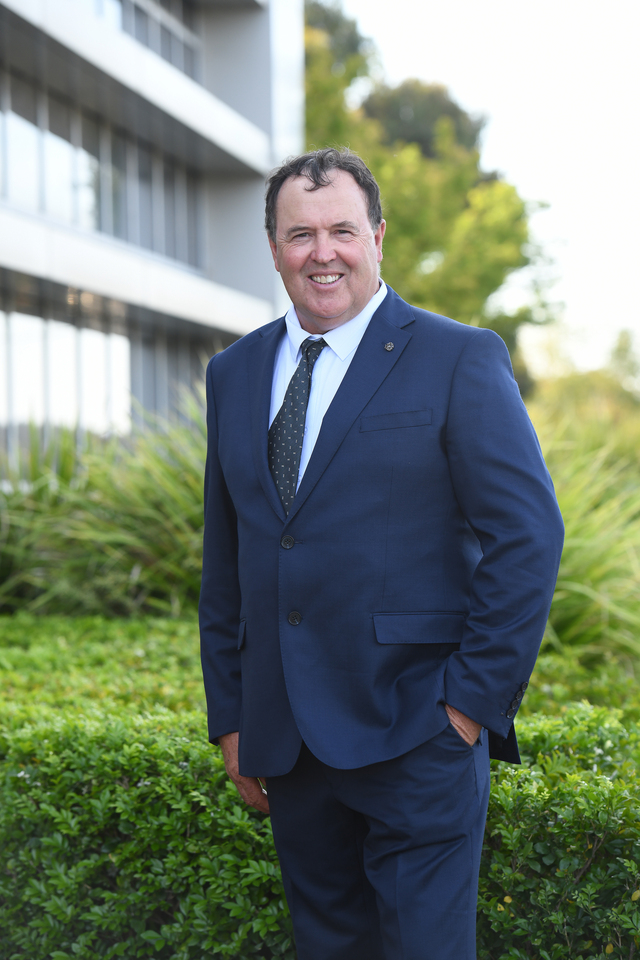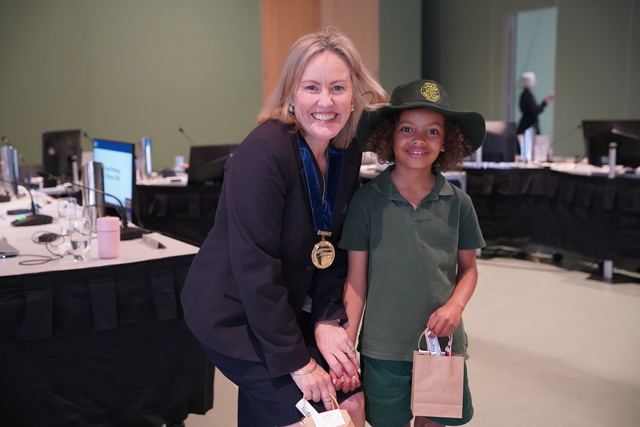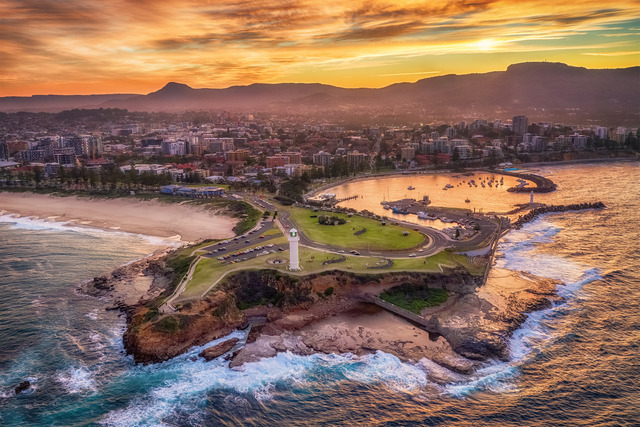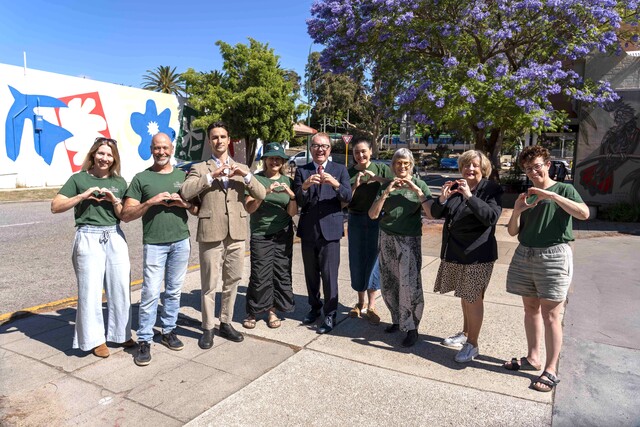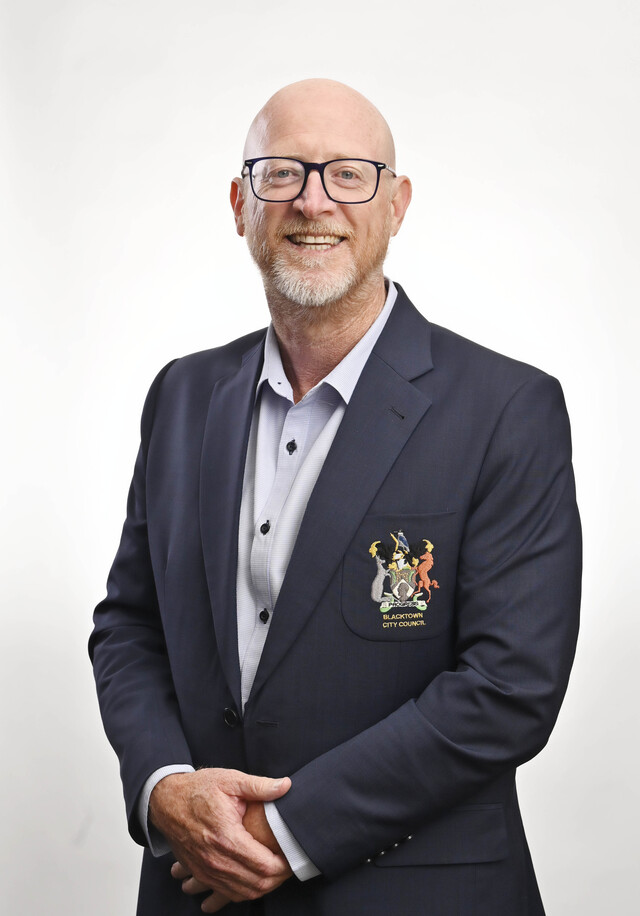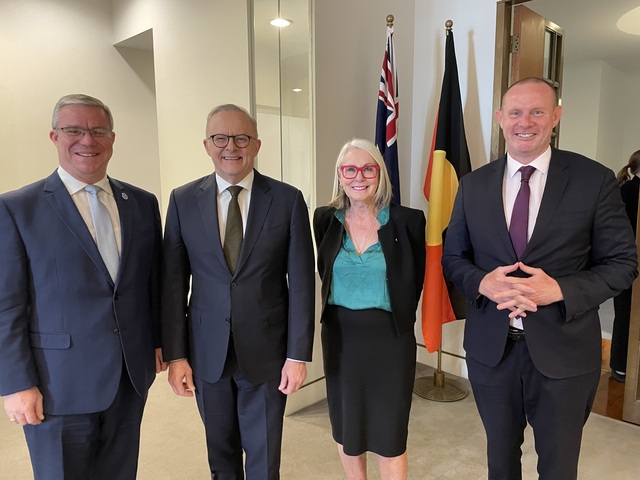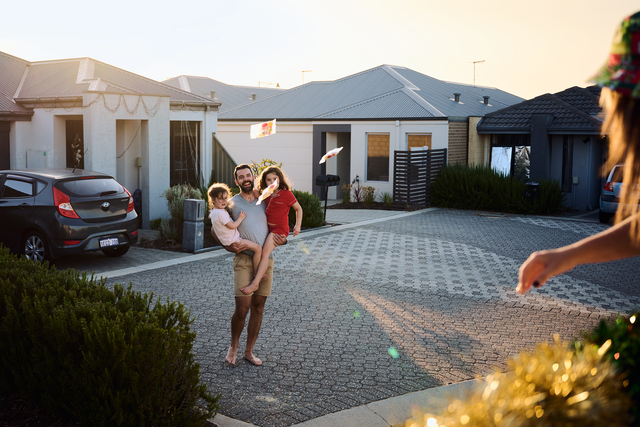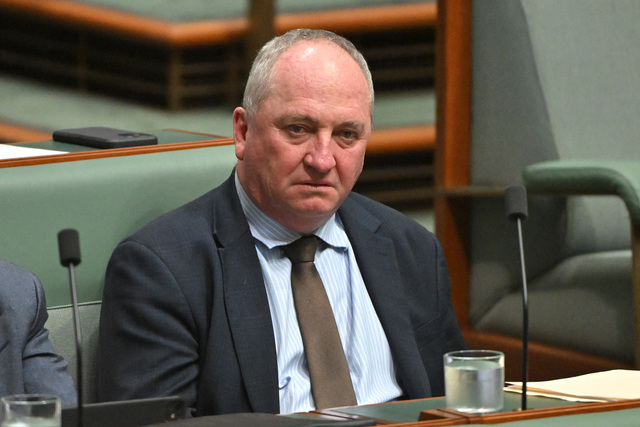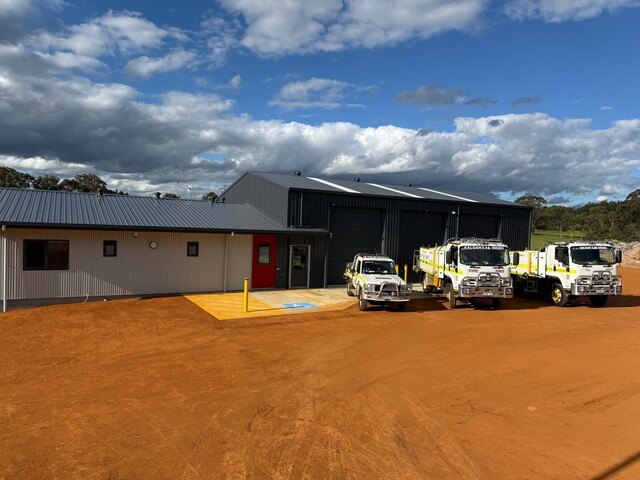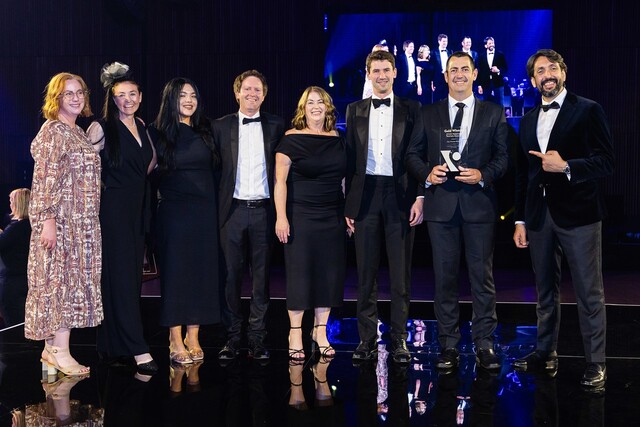2019 is an important year for women in politics, especially local government.
December 2019 marks the 100th anniversary of the first woman elected to any tier of Government when Susan Grace Benny was elected to Brighton Council in South Australia.
Local Government led the way in women’s representation as it was another two years before the first woman was elected to a State Parliament when Edith Cowen was elected in Western Australia in 1921 and it was not until 1943 when the first women were elected to Federal Parliament – Enid Lyons (later Dame) to the House of Representatives and Dorothy Tangney (later Dame) to the Senate.
This important milestone will be recognised by an award for Gender Equality named after Susan Grace Benny as part of the national Local Government Awards and ‘Celebrating 100 years’ is the theme of the National Australian Local Government Women’s Association (ALGWA) conference at Blacktown, New South Wales (NSW), 17-19 May 2019.
It is pleasing that today we celebrate the highest percentage of women councillors in Australian history, but we are mindful we still have a long way to go.
Following elections last year in both Tasmania and South Australia, just over one-third, or 34.94 percent of Australian councillors are women – up from 32.8 percent.
Tasmania has overtaken Victoria with the highest percentage of women councillors elected at a general municipal election with 39.9 percent.
Victoria is second with 38.1 percent, followed by Western Australia with 36.21 percent and South Australia moves from last to fourth spot with 35.4 percent. Northern Territory follows next at 33 percent and Queensland has 32.5 percent. NSW is now the only state below 30 percent female representation with 29.5 percent.
The increases in Tasmania and South Australia have been large.
We would like to thank the State Associations in Tasmania and South Australia for their hard work – together with the State ALGWA branches – which has seen Tasmania’s female representation increase by more than a quarter from 31 percent to 39.9 percent and South Australia’s by over one-fifth from 29.34 percent to 35.4 percent.


